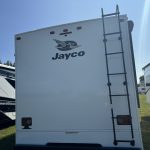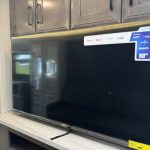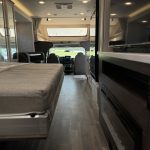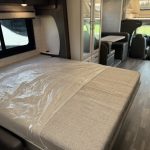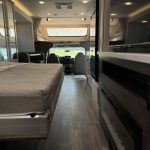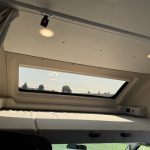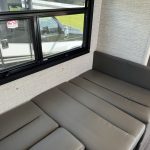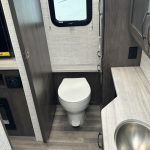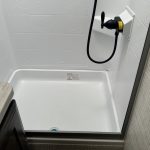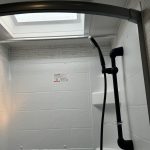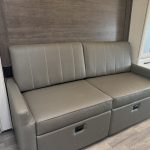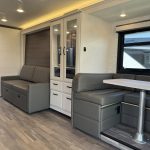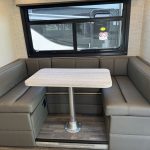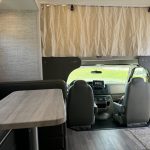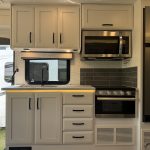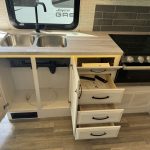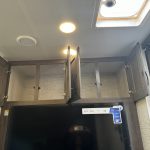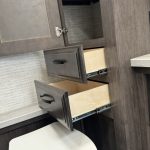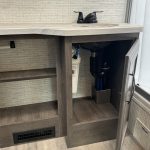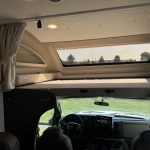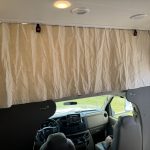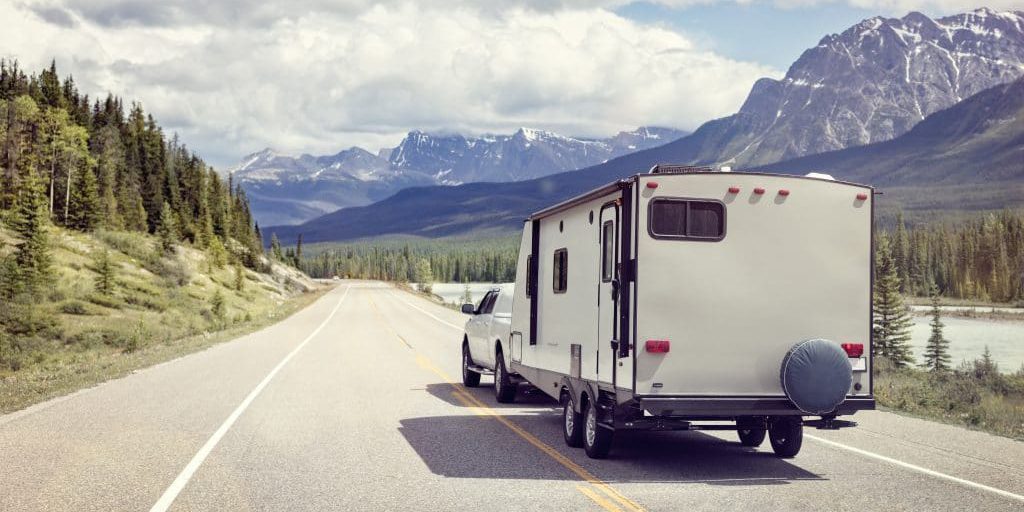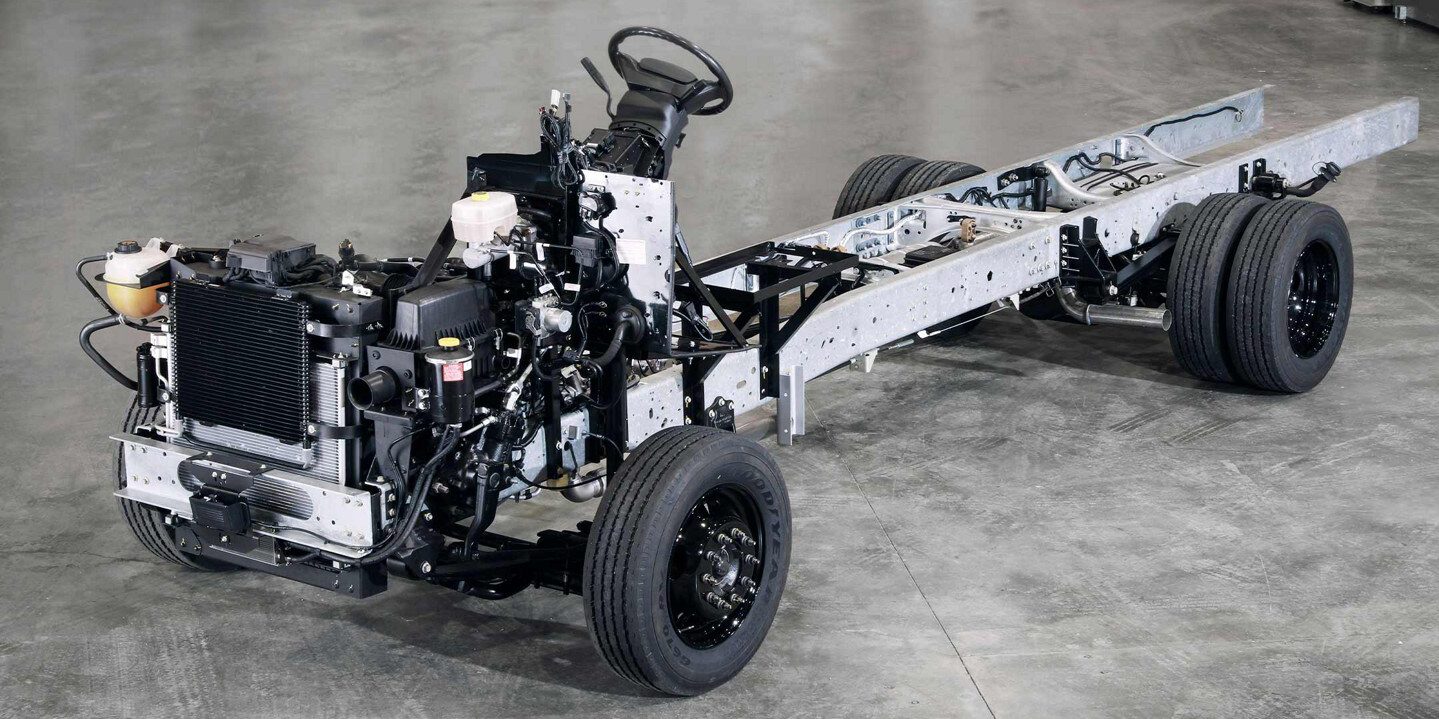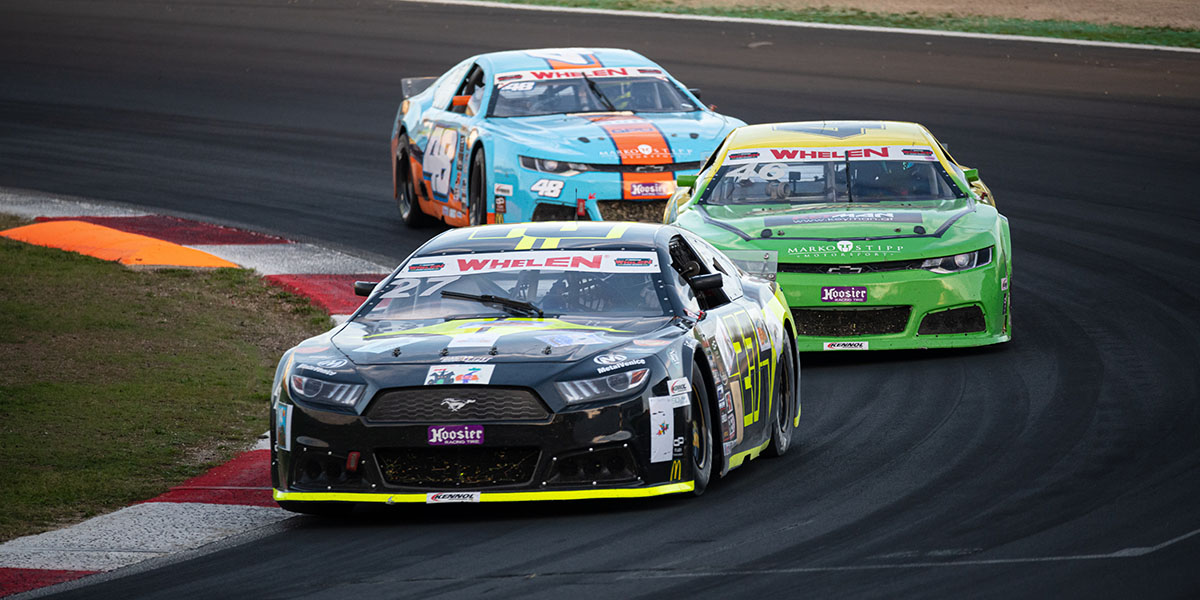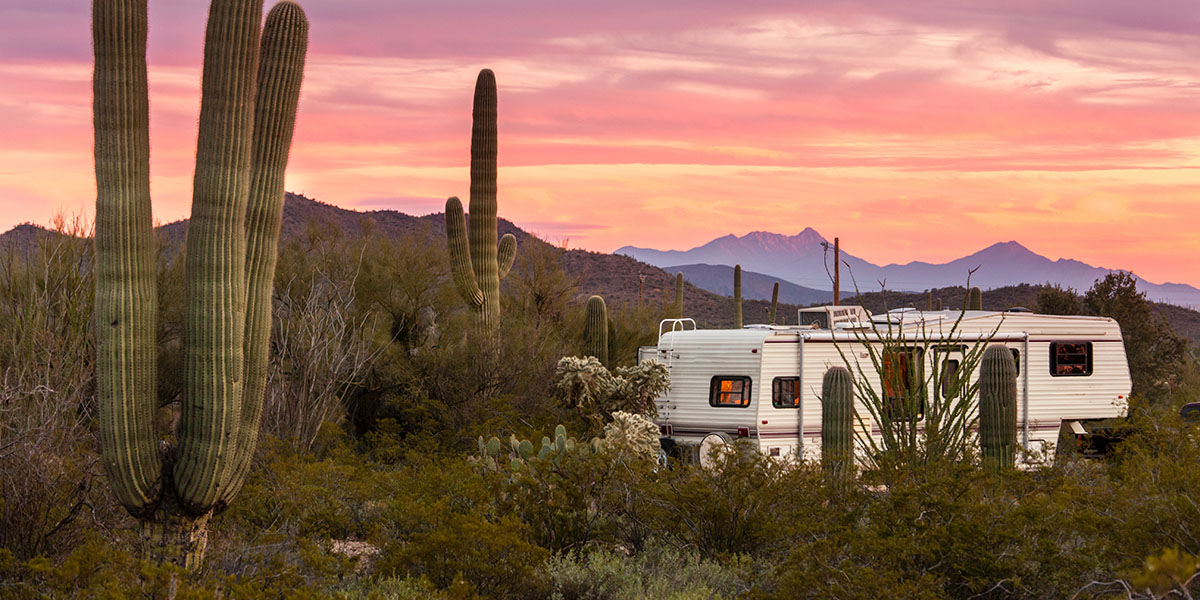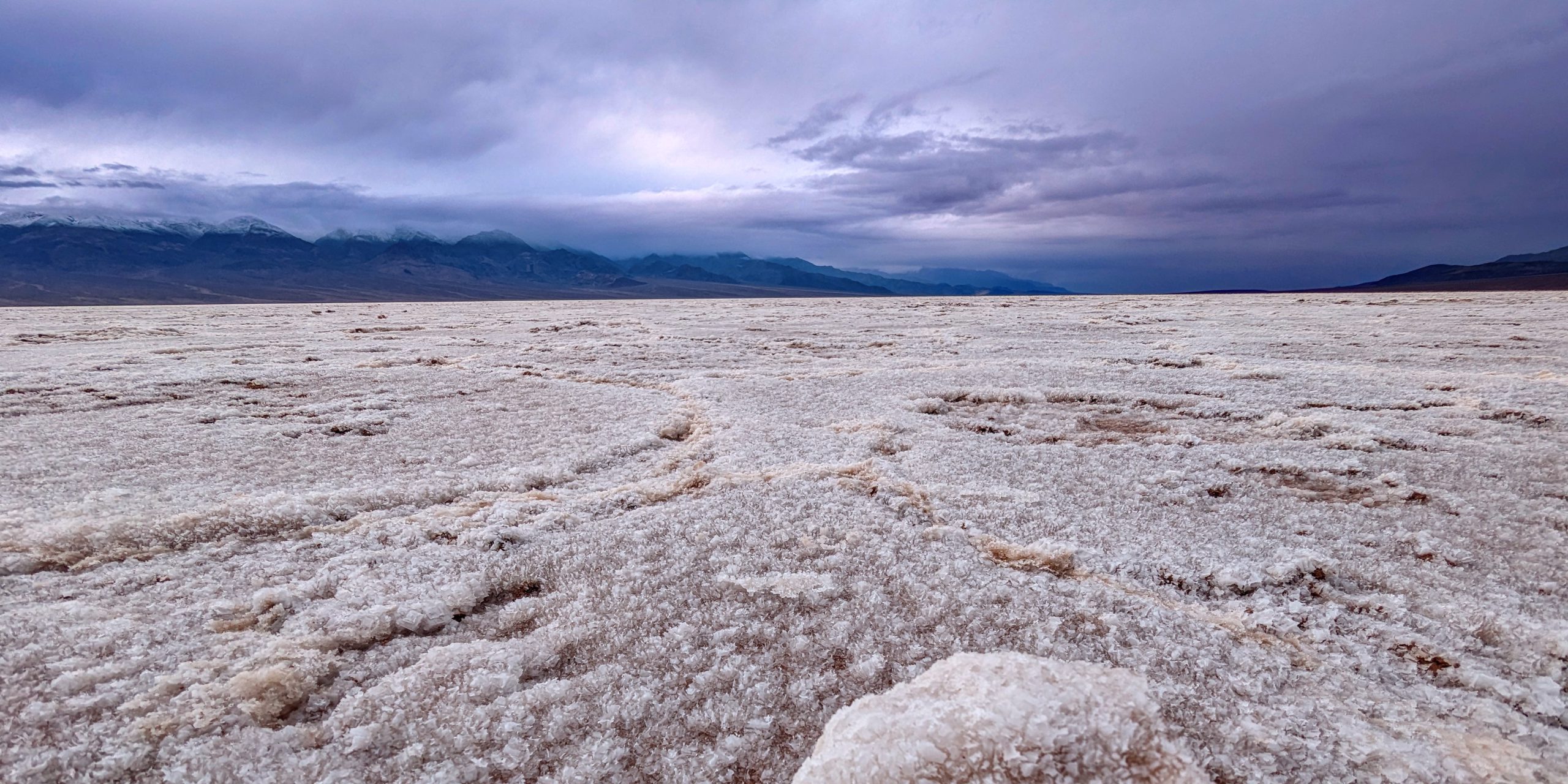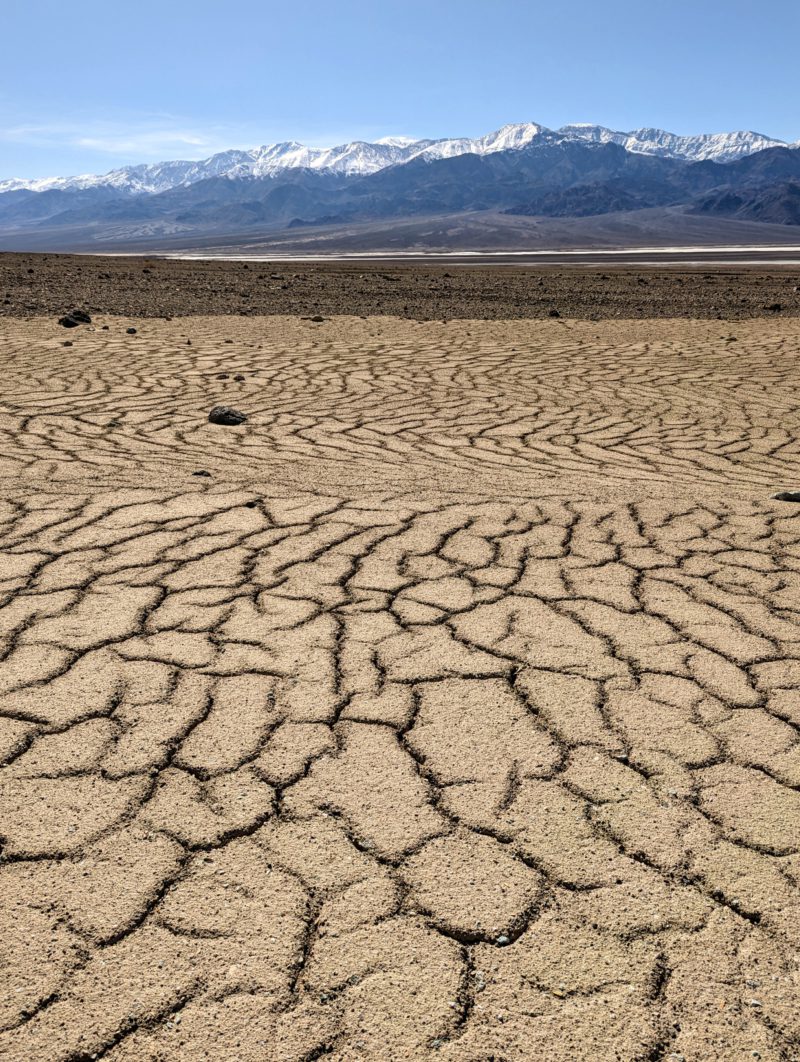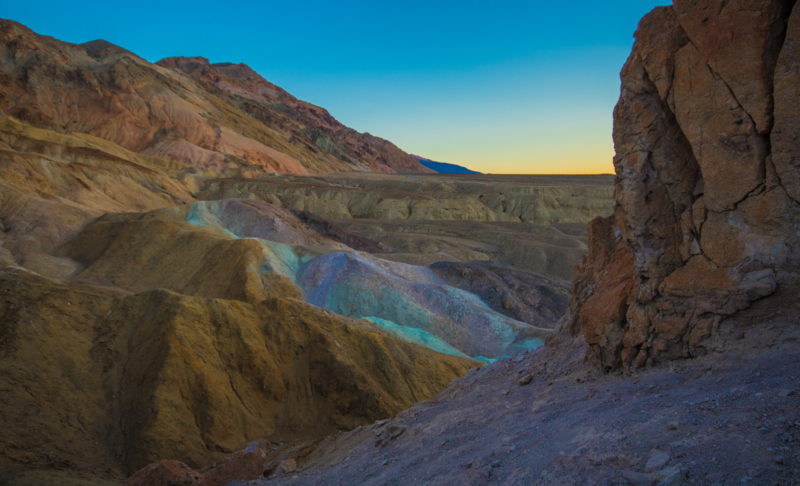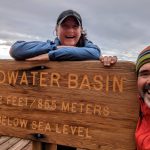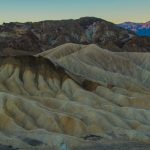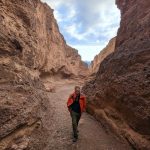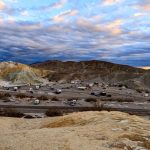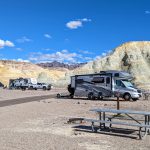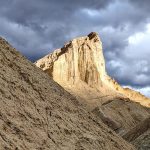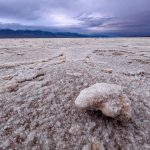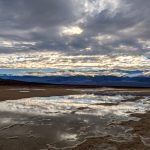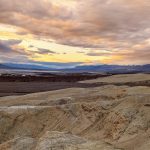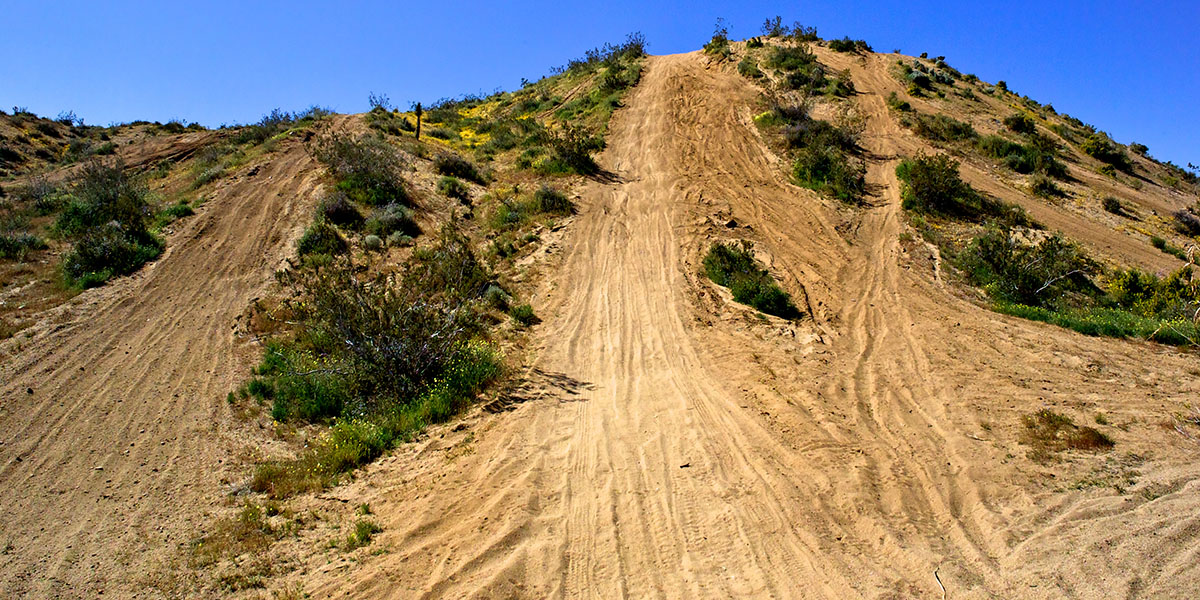Before you tow your RV, I have a small recommendation: Learn from my near-death experience. The first thing I ever towed was a hotdog cart. Then I towed a small U-Haul trailer (that was definitely heavier than I should have been towing). Luckily for me, they were fairly easy and straightforward. But it wasn’t until I jumped directly into two different 40-plus-foot fifth wheels that I learned what towing was really about. My steep learning curb almost killed me, but mastering smoother RV towing doesn’t have to come at that high of a price. But it does take practice.
Towing — and especially parking — an RV is an art that transforms your vehicle into a mobile gateway to adventure. Art is subjective though. (And if you have a significant other helping you back up into a site, then you know exactly what I mean.) But, while the idea of towing a trailer or fifth wheel may seem intimidating, the right preparation and tools make the process a much smoother RV towing process.
Whether you’re cruising through coastal highways, navigating mountain passes (this was my experience), or rolling through wide-open plains, these five essentials will enhance your experience, ensuring safety and ease every step of the way.
1. Prioritize a quality hitch and weight distribution system.
The hitch is the unsung hero to achieve a smoother RV towing experience. A solid hitch ensures that your RV and tow vehicle remain securely connected, even on uneven roads or during sharp turns. Without it, your journey can quickly go from exciting to stressful. Adding a weight distribution system amplifies this stability, allowing for more balanced towing and reducing strain on your tow vehicle.
Weight distribution systems are particularly valuable for larger trailers. They help distribute the tongue weight across the axles. This minimizes rear sagging in your tow vehicle and improves steering and braking performance. A well-balanced setup not only keeps you safe but also enhances fuel efficiency — a win-win for long-haul RVers.
Ensuring that your hitch and weight distribution system are compatible with your RV’s size and weight is critical. Regularly inspecting and maintaining these components can prevent wear and tear, making every journey safer and smoother.
2. Stay on top of tire safety.
Your RV’s tires are its lifeline to the road. Keeping them in optimal condition ensures smoother handling, better fuel economy, and a reduced risk of blowouts. When towing, the added weight of the trailer increases stress on your tires, making regular checks essential.
Proper tire pressure is key to extending tire life and maintaining stability while towing. A tire pressure monitoring system (TPMS) is a game-changer, providing real-time updates on pressure and temperature to alert you to potential issues before they escalate. Pairing this with a portable air compressor ensures you can make adjustments on the go, whether you’re parked at a campsite or miles from the nearest service station.
Another vital tool is a tire tread depth gauge, which helps monitor wear patterns. Uneven wear could signal alignment or suspension issues, which can impact towing safety. Investing in these tools and checking your tires regularly will keep you rolling smoothly toward your destination — no matter what the weather looks like.
3. Maximize use of mirrors and camera systems.
Visibility is a key factor in towing an RV safely. Extended mirrors and camera systems provide a clearer view of your trailer and the surrounding traffic. This helps you navigate lane changes, back up, and park with confidence. When towing a long or wide trailer, these tools become indispensable.
Extended mirrors are designed to compensate for the additional width of your RV, giving you a better view of vehicles alongside and behind you. Combined with a rearview camera system, they reduce blind spots and make reversing less stressful. Modern systems often include high-definition cameras with night vision, making them useful even in low-light conditions.
In addition to enhancing safety, proper mirrors and cameras also improve efficiency. They help you navigate tighter spaces, such as campgrounds or gas stations, without unnecessary delays or mishaps. Installing these tools is a small investment that pays off in a safer, more enjoyable towing experience.
4. Enhance stopping power with brake controllers.
A brake controller is one of the most important safety features for anyone towing an RV. It ensures your trailer’s brakes work in tandem with your tow vehicle, providing smooth and controlled stopping power. Without it, the added weight of the trailer could significantly increase stopping distances, putting you and other drivers at risk.
Brake controllers are particularly useful when descending steep grades or driving in wet conditions. They allow you to customize the braking force applied to the trailer, adapting to varying loads and road conditions. Some models even include features like proportional braking, which adjusts brake force based on the speed and pressure of your tow vehicle’s brakes.
For optimal performance, always test your brake controller before starting your trip. Ensuring that your trailer’s brakes engage evenly with your tow vehicle will not only enhance safety but also reduce wear and tear on your braking system.
5. Know your dimensions and weight ratings.
Before hitting the road, understanding the dimensions and weight ratings of both your tow vehicle and RV is the most crucial step in ensuring a safer and smoother RV towing experience. This knowledge is foundational for selecting the right combination of tow vehicle and RV, planning your routes, and abiding by legal and safety requirements.
Start by familiarizing yourself with your RV’s gross vehicle weight rating (GVWR), which includes the total weight of the RV when fully loaded with supplies, water, and passengers. Additionally, know the unloaded vehicle weight (UVW), hitch weight, and cargo-carrying capacity (CCC). For your tow vehicle, review its gross combined weight rating (GCWR), payload capacity, and towing capacity as outlined in the owner’s manual. Good practice is hitting a scale at gas station that has one so that you know where you stand fully loaded.
Why is this critical? Towing an RV that exceeds your vehicle’s capacity can lead to significant safety risks, including poor braking performance, instability, and increased wear on your engine, transmission, and tires. Understanding these ratings also helps you stay compliant with state and federal regulations, as exceeding weight limits could result in fines or voiding your insurance in the event of an accident.
Before purchasing an RV or tow vehicle, consider these dimensions and ratings alongside your lifestyle and travel plans. If you plan to tow through mountainous terrain or boondock with a fully loaded rig, selecting a vehicle with a higher towing capacity than the minimum required is a wise choice. Remember, safety starts with preparation—and this step sets the foundation for all your towing adventures.
Bonus: Consider weight distro and water tanks.
Proper weight distribution is another critical factor in achieving towing stability and safety. An unbalanced load can cause swaying, reduce steering control, and increase the strain on your vehicle’s suspension and brakes. Distributing the weight evenly between your tow vehicle and RV is key to maintaining a smooth and controlled ride.
When it comes to weight distribution, water tanks often play a pivotal role. Depending on your travel plans, the amount of water you carry can drastically change the overall weight and its placement within the RV. For instance:
- Full Tanks. While this is ideal for long boondocking trips, full tanks add significant weight, which must be factored into your towing setup.
- Half-Full Tanks. This can cause water to slosh during transit, creating a shifting load that impacts towing stability.
- Empty Tanks. Best for short trips or stays at campgrounds with hookups, minimizing extra weight and improving fuel efficiency.
As I said before, to minimize risks, use a weight distribution hitch and monitor the placement of heavy items inside the RV. Store denser objects low and near the axles to maintain balance. For those planning off-grid adventures, consider how the distribution of fresh, gray, and black water tanks will affect your towing dynamics.
Understanding and managing your RV’s weight and dimensions ensures safer travels, protects your equipment, and contributes to a more enjoyable towing experience.
Smoother RV Towing for Every Adventure
Towing an RV is more than just connecting a trailer to your vehicle—it’s about creating a seamless, stress-free experience that enhances your journey. By investing in the right tools and taking the time to understand your towing setup, you can ensure that every trip is as smooth, safe, and enjoyable as possible. Anything can happen along the way, but at least by following these tips, you have a better chance of minimizing the risk of them happening.
From choosing the perfect hitch to maintaining your tires and ensuring visibility, these essentials provide peace of mind on the open road. Remember, preparation is key, and a little extra effort before you depart will go a long way in making your adventures truly unforgettable.
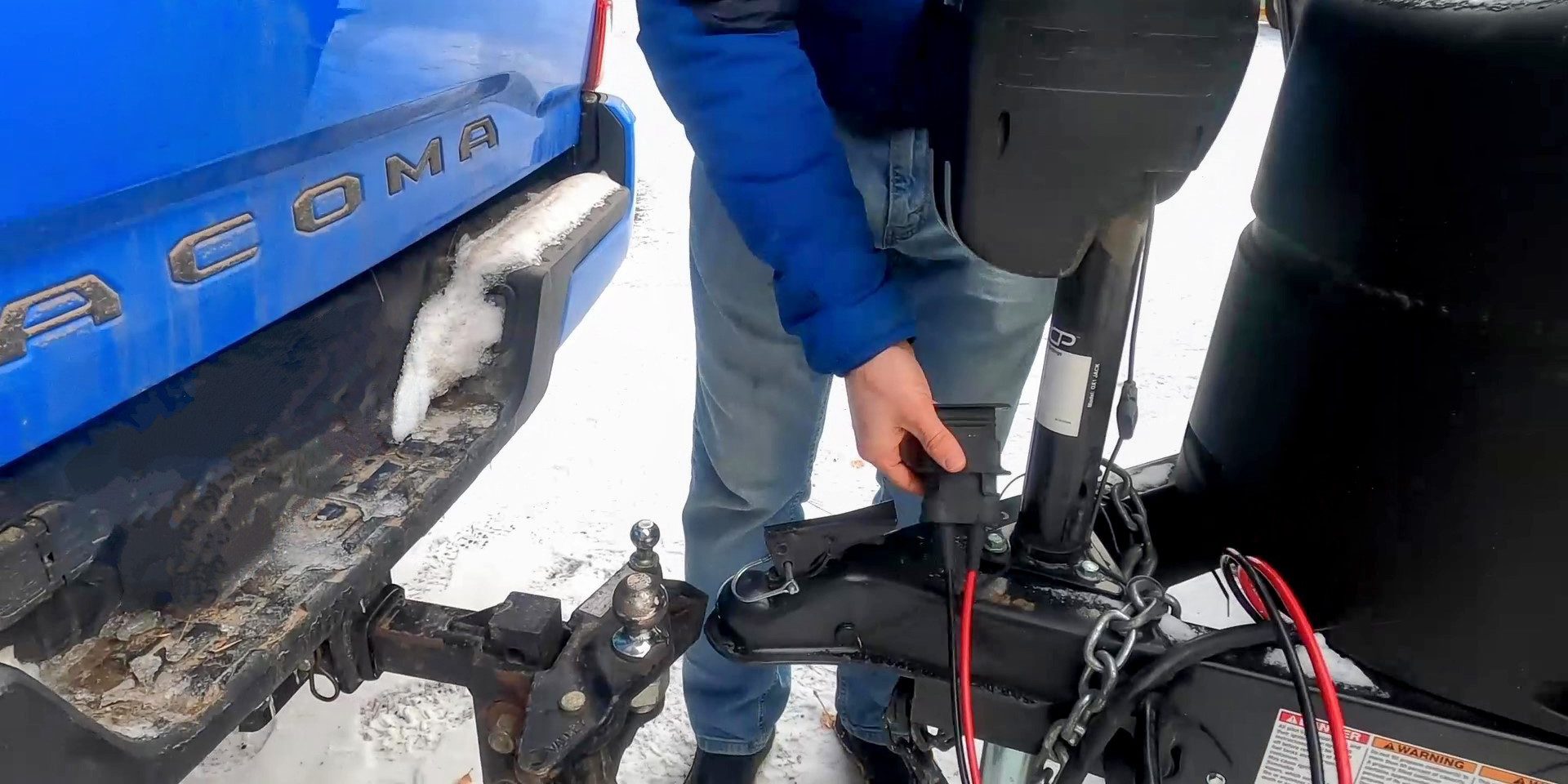
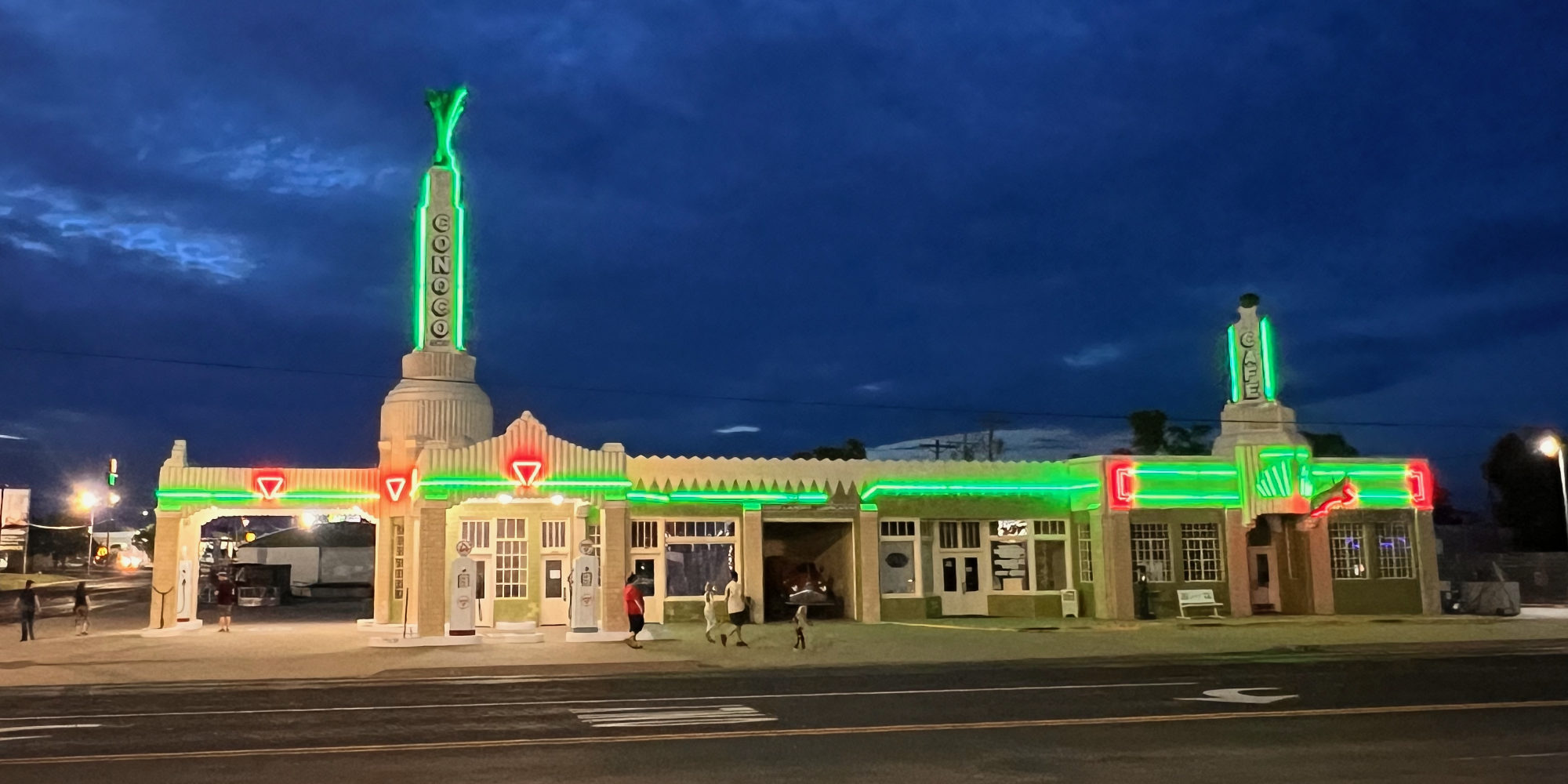
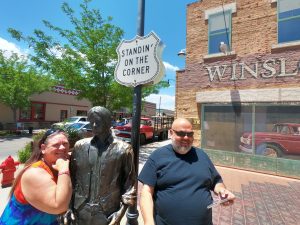
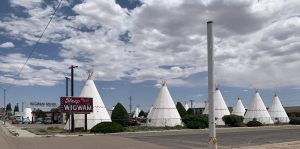





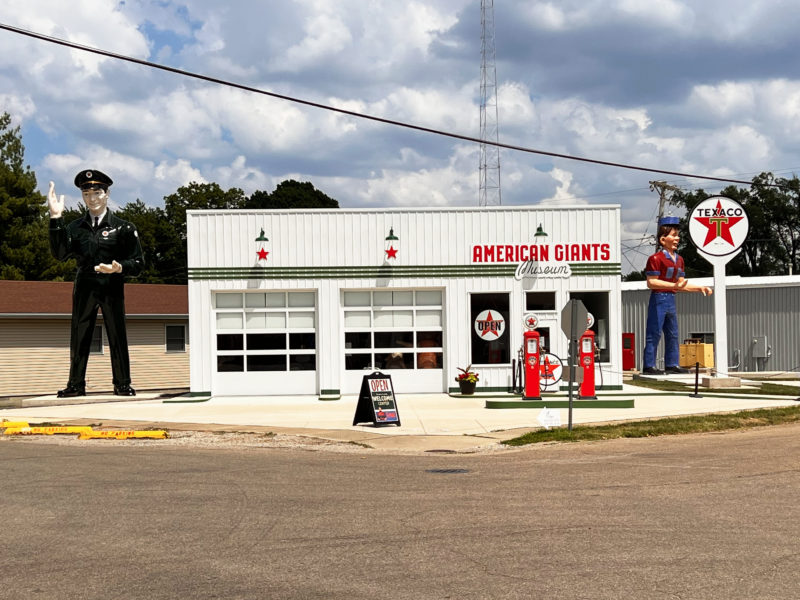

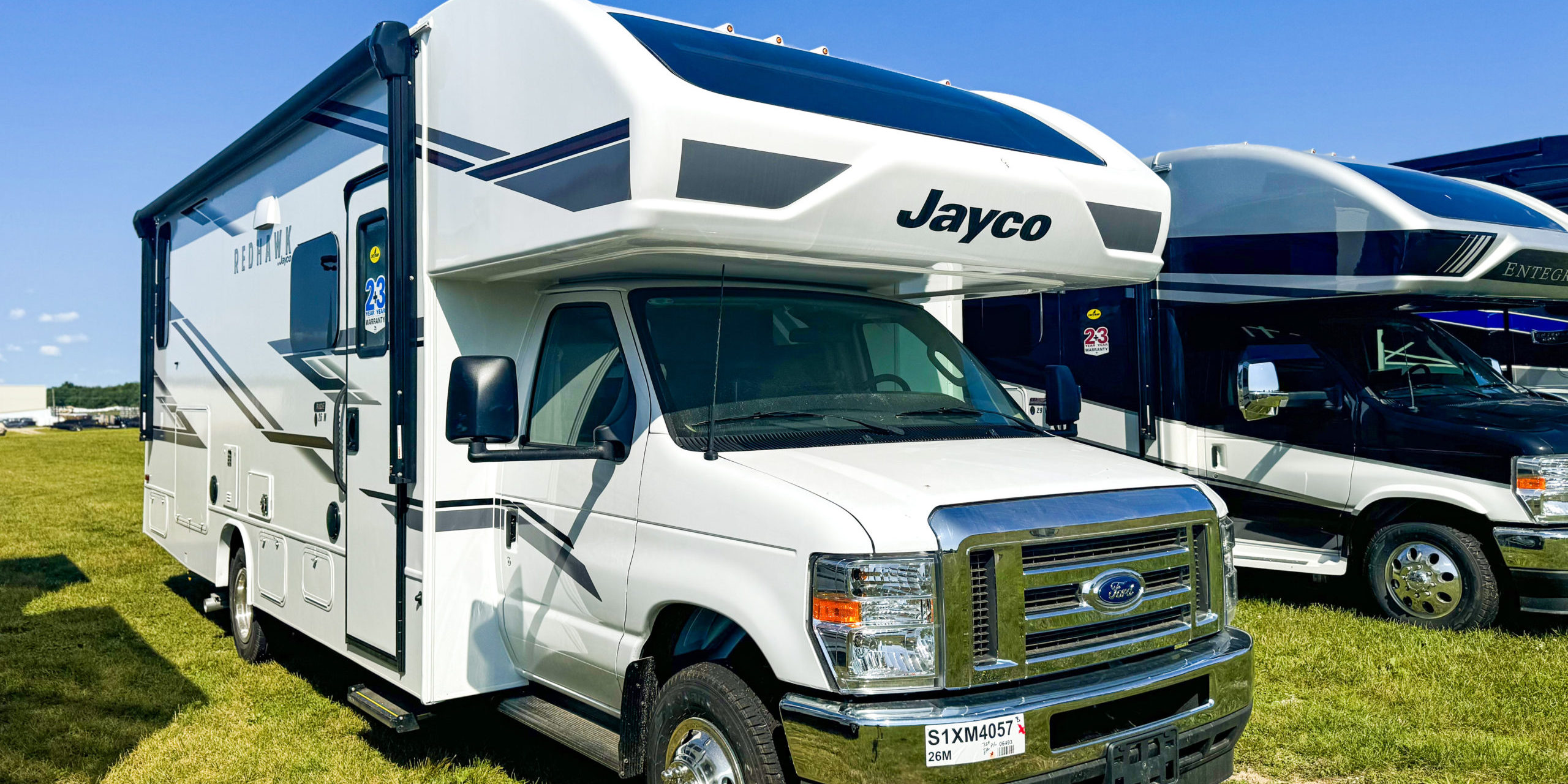
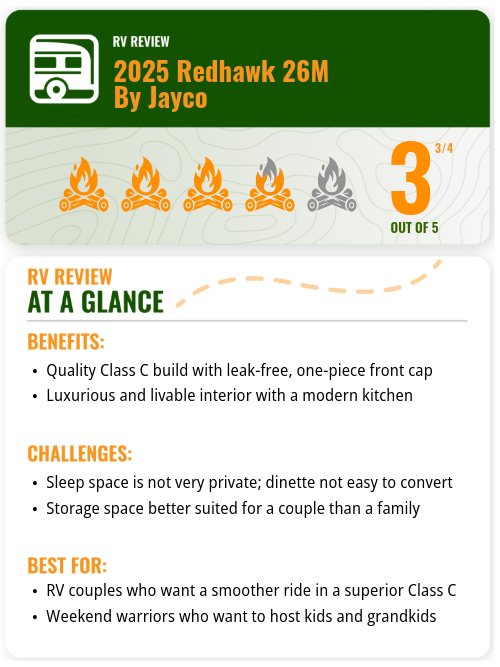 I gave the 2025 Jayco Redhawk 26M a rating of three and three quarters out of five. Similar to the
I gave the 2025 Jayco Redhawk 26M a rating of three and three quarters out of five. Similar to the 